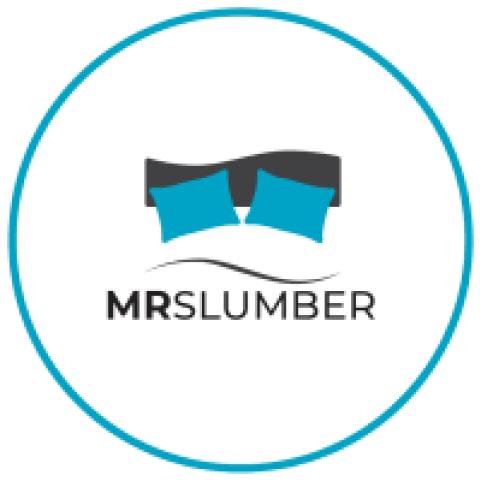Removing bad or harmful links (also known as toxic backlinks) can be crucial for maintaining or improving your website's SEO health. Here's a step-by-step guide on how to identify and remove bad links:
Step 1: Identify Bad Links
- Google Search Console: Go to the "Links" section to see a list of sites linking to yours.
- Ahrefs/SEMrush/Moz: Use their backlink analysis tools to get a detailed report of your backlinks.
- Links from low-authority or spammy websites
- Links from irrelevant websites (unrelated to your industry or niche)
- Excessive links with exact-match anchor text
- Links from sites with high spam scores
- Links from link farms or PBNs (Private Blog Networks)
Step 2: Request Removal
Contact Webmasters: Reach out to the webmasters of the sites linking to you. Look for a contact form, email address, or social media profile. Politely request the removal of the bad links. Be clear and specific about which links you want removed and why.
Step 3: Disavow Bad Links
- One URL or domain per line
- Use the
domain:prefix to disavow all links from a domain (e.g.,domain:spammywebsite.com).
Important: Use this tool with caution, as disavowing links can affect your site's rankings. Only disavow links you are confident are harming your site's SEO.
Step 4: Monitor Your Backlink Profile
- Regularly Check Backlinks: Continuously monitor your backlink profile using SEO tools. Regular checks will help you spot new bad links early.
- Update Disavow File: Periodically update your disavow file with any new bad links you find.
Tips for Preventing Bad Links
- Build High-Quality Backlinks: Focus on acquiring backlinks from reputable and relevant sites through content marketing, guest blogging, and outreach.
- Avoid Black Hat SEO Practices: Steer clear of buying links or using link schemes, which can result in harmful backlinks and penalties.
- Maintain a Clean Backlink Profile: Regularly audit your backlinks and address any issues promptly to maintain a healthy backlink profile.
- Use SEO Tools: Tools like Google Search Console, Ahrefs, SEMrush, and Moz can help you identify backlinks pointing to your website. They often have features that analyze the quality of these links.
By systematically identifying, requesting removal, and disavowing bad links, you can protect your site’s SEO and maintain a strong online presence.
Need help to remove harmful backlings pointing to your website? Contact ONPRE Marketing for a quick diagnosis.



